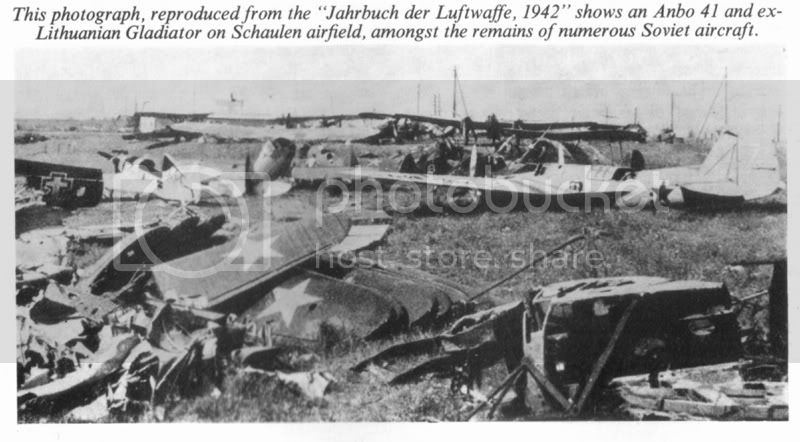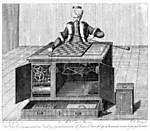Quoted Text
The wings in the foreground don't appear to be simply faded. Any ideas?
Hi Rowan:
I saw your "other conundrum" (black 9 versus red 9) over on the Butcher Bird groupbuild page, and didn't put in my two cents there simply because I think in that case it's anyone's guess. I
do have a few theories on this one, though.
I think there could be several factors at work here, and one, some, or all of them could have something to do with the different appearance of the stars . . .
1. If you look at the small plane to the left of the picture and the way its shadow falls, it would seem that the stacked wings in the foreground are pretty close to directly facing the sun's rays, which could result in some reflected glare.
2. The visible star on the more-or-less intact plane in the background (I'm not sure what type it is) is, of course farther from the camera, and at a less direct angle to the sun, which could make it appear darker.
3. The stars on the stacked wings could in fact be faded more than the star on the other plane (and they appear to be on fabric wings, which could conceivably change the reflectivity
and fade resistance of the paint.
4. The field where the picture was taken appears to be very midsummer dry and dusty, and I personally think the wings look like they have a heavy film of dust (possibly thrown up by vehicles and taxiing planes) covering them. This would in effect put a tan "filter" on the red, plus make it more reflective, especially given the angle of the sun.
I think number 4 is the most likely?


Regards

Automaton























